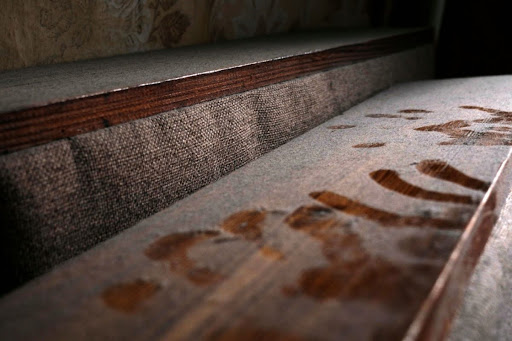Every month or two, you head to the closet, pull out that dusty old air filter, and slide a fresh, clean one into your furnace or air conditioning unit. It’s a good feeling, right? You’re doing your part to keep things clean. But if you’re still noticing lingering odors, dust settling way too quickly, or your allergies acting up inside your own home, you might be wondering why that is.
The simple truth is that a single air filter, while helpful, is just one small part of a much bigger picture. The air you breathe at home is part of a complex system. Sometimes, a few hidden factors are working against your best efforts to improve your indoor air quality, and that little filter just can’t fight the battle alone.
What’s Really Working Against Your Air Filter?
Several behind-the-scenes issues with your HVAC system can prevent the air filter from doing its job well. The problem often isn’t the filter itself, but the way the whole system functions. A few common culprits could be holding you back from truly fresh air.
Here are a few things that could be getting in the way:
- Low-Grade Filters: The standard, inexpensive one-inch filter you grab at the hardware store is designed to protect your HVAC equipment from large dust bunnies. It does very little to stop the tiny, invisible particulates, like mold spores, smoke, or some virus carriers, from circulating right back into your air.
- Poor System Airflow: Your filter only works if air is moving through it. If your system’s fan is weak, the ductwork is poorly designed, or vents are blocked, not enough air gets pulled through the filter. This leaves pollution and dust hanging around in your rooms instead of being captured.
- Your System Doesn’t Run Enough: That filter is just sitting there when your air conditioning or heat pump isn’t actively running. During those beautiful, mild days in the spring and fall, your system is often off. This means there is no air circulation, and absolutely no filtration is happening at all.
- An Improper Fit: Even a high-quality HEPA filter won’t work if it doesn’t fit perfectly in its slot. Small gaps or cracks around the edges of the filter frame allow air to zip right past it. This unfiltered air carries all that dust and debris directly into your system and back into your home.
Stepping Up to a Better Air Purifier
If your basic one-inch air filter just isn’t making a difference, it might be time for an upgrade. You can have a whole-home air purifier installed directly into your HVAC system.
These powerful units use thick, pleated filters that are often four or five inches deep. This huge increase in surface area allows them to capture a much higher percentage of airborne particulates like dust, pet dander, and other pollutants. Because this air purifier is part of your central system, it cleans the air going to every single room in your home.
Finding the Right Balance With Humidity Control
Sometimes the issue isn’t just floating dust but the amount of moisture in the air. This is a problem no air filter can solve alone. Air that is too humid feels sticky and creates the perfect environment for mold and mildew to grow. This is a major source of indoor air pollution that can affect your health.
On the other hand, air that’s too dry can irritate your sinuses, dry out your skin, and even damage your home’s wood floors and furniture. A whole-home humidifier or dehumidifier connects to your HVAC system, working automatically with your furnace or air conditioner to maintain a comfortable and healthy moisture level throughout your entire home.
Cleaning Your Air Ducts
You could have the greatest air purifier on the market, but what about the pathways the air travels to get to you? Over the years, your ductwork can become a collection point for an incredible amount of dust, pet dander, debris, and even allergens. Every time your system turns on, it can disturb this buildup and push a fresh puff of particulates out of your vents. This creates a constant source of pollution that your filter never gets a chance to catch. A professional duct cleaning service removes this deep-seated reservoir of gunk, giving your clean, filtered air a clear path into your living spaces.
Letting in Fresh Air Without the Waste
Modern homes are built to be very well-sealed to improve energy efficiency. This is great for your utility bills, but it can be bad for your health. Without adequate ventilation, indoor pollution from cooking, cleaning products, and just breathing gets trapped inside with no way to escape. The air becomes stale and concentrated with contaminants.
Adding mechanical ventilation is one of the best ways to improve indoor air quality. Systems like a Heat Recovery Ventilator (HRV) work with your HVAC system to constantly push stale, polluted air out and pull in fresh air from outside. Before it enters your home, that fresh air is filtered and its temperature is adjusted, so you get the benefit of fresh air without a spike in your energy costs.
Is it Time to Finally Breathe Easier at Home?
If you are done with the guessing games and want a real, lasting improvement in your home’s air, our team can help. Changing an air filter is a good habit, but a complete approach to your indoor air quality is what creates a truly healthy home.
Quality Heating & Cooling proudly offers a full range of IAQ services in Canton, OH, and the nearby areas, including:
Call us today to learn more about how to get these services for your home!

